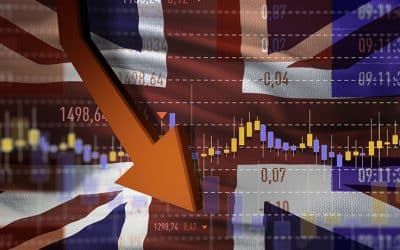January's Market Rollercoaster: A Closer Look at S&P 500 and Sector Performance

Redacción Mapfre
Jonathan Boyar, director of Boyar Value Group and advisor to the MAPFRE AM US Forgotten Value Fund
After ending the year in strong fashion (the S&P 500, Nasdaq and Russell 2000 were up by 4.5%, 5.6% and 12%, respectively), January’s results were far less democratic. The S&P 500 and Nasdaq posted gains of 1.7% and 1%, respectively, which contrasted with the Russell 2000 (a proxy for smaller cap stocks) that declined by 3.9%. The S&P 500 equal weighted index (which gives the same weighting of both the largest and smallest companies within the S&P 500) declined 0.9% in January. On a sector level, six of the 11 S&P 500 sectors posted negative returns with real estate shares leading the decline (-4.7%), followed by materials (-3.9%). Communication Services and technology shares were the market leaders advancing 5.0% and 3.9% respectively.
In January the S&P 500 finally breached its all-time high (set in January of 2022). This record was reached in a bifurcated manner. Hardika Singh, of The Wall Street Journal, notes that, of the 11 sectors in the S&P 500, only the technology sector is trading at record highs, and the other 10 sectors are trading at an average of 15% below their all-time highs. In my view, this narrow rally is cause for concern since the index is only being led by a handful of stocks. The advance could fade quickly if these select few stocks, which are trading at frothy valuation multiples, stop performing well.
The S&P 500 closed this week at an all-time high and advanced for a fourth straight week. Mega cap technology companies have fueled this advance with Meta advancing ~20% (adding ~$200 billion in market capitalization to the company) and Amazon ~8% Friday on the back of earnings that were well-above expectations. Nvidia ended the week with a market capitalization of over $1.6 trillion as both Meta and Apple forecasted that they will be investing more in AI (fueling more demand for their chips). It was not just the new economy advancing; Warren Buffett’s Berkshire Hathaway closed Friday at an all-time high.
Much of the sector-based performance divergences have been related to interest rate expectations. Prior to the Fed’s meeting this week, investors were placing a 58% likelihood of a rate cut happening in March. But Fed Chair Jerome Powell poured cold water on that notion at his latest press conference this week, explaining that he was skeptical the committee would have the confidence that inflation was trending back to its 2% target by then—the prevailing expectation has shifted to the first rate cut occurring in May.
Bond yields continued to whipsaw later in the week when Friday’s jobs report showed a remarkably strong jobs number—353,000 nonfarm jobs added in January versus an anticipated 185,000—demonstrated a resilient domestic economy and further dampened any expectations of a near-term interest rate cut. The 10-year treasury yield, which had fallen from 4.16% to 3.86% in just one week, quickly regained the psychologically important 4.0% threshold.



